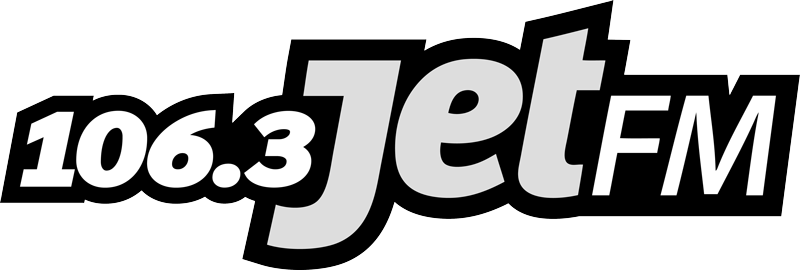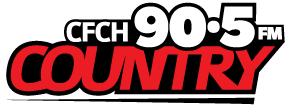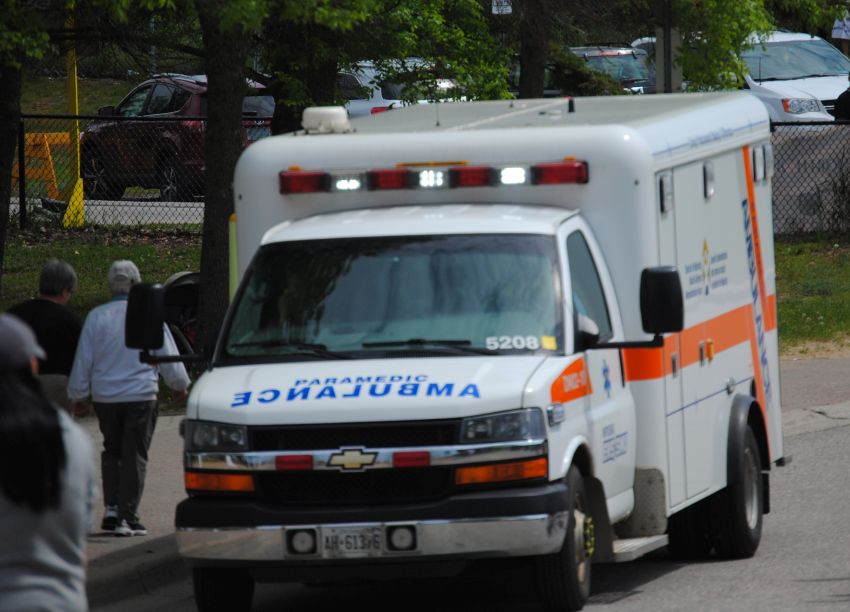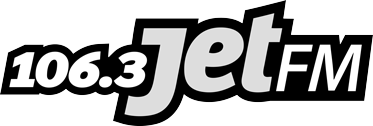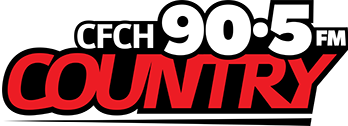Nipissing’s paramedics have seen an increase in opioid-related calls in 2021.
“When we look at our opioid responses in 2021 versus 2020, we’re on pace to see about 240 responses in the Nipissing District,” said Rob Smith, the acting Chief of EMS at the District of Social Services Administration Board (DNSSAB). “We’re at 182 right now and that’s up from 113 from 2020. Absolutely it’s a concerning metric that we’re looking at.”
Smith joined DNSSAB earlier this year to conduct an in-depth analysis of ambulance delivery by the agency.
With more than two months to go in the year, Smith says paramedics have also responded to 20 overdose deaths, the same number as 2020. Over 150 patients have also been brought to the hospital after paramedics have attended calls regarding opioids, up from 113 in 2020.
Smith says more patients have also been managed using “supportive ventilation” than last year, and more patients have had to be given Naloxone.
Over 70 Narcan kits have also been distributed by local paramedics.
Smith says with the rising calls related to opioids, the paramedics are doing “an amazing job out there”.
“Their ability to get to and intervene with these patients is having a positive effect. The data shows that we, unfortunately, have 20 fatalities this year so far, but we had 20 fatalities with a far smaller number of opioid responses in 2020,” said Smith.
Smith says that means the paramedics are doing a “fantastic job” at intervening.
“We know that this year, the paramedics have given Naloxone or Narcan in the field to 40 different patients. That’s up from 29 last year. We coordinate with Public Health distributing Narcan kits to the public, and we’ve given out 70 kits so far. It tells me, while the numbers are up and it’s concerning, there’s a number of processes being put in place to hopefully help stem this and help our community members do better,” said Smith.
Smith says it’s a fact that call volumes are up all across the board and not just opioid responses.
“Our patient population is getting older. The baby boomers are now becoming consumers of health care. We’re seeing our call volume up in the Nipissing District and I believe we’re probably going to break 20,000 responses this year,” he said.
With an increase in calls comes an increase in work done in the system to develop support for the first responders.
“A lot of work has been done across the system to develop supports for our responders and make sure [they can address] the needs that may end up resulting from [the calls]. We try and build resilience with them. We do education and training with them and we’ve developed a peer-support program, as have most paramedic services to help give paramedics a mechanism to seek help when they think they need it,” said Smith.
Despite an increase in calls, Smith says the paramedics are meeting the demand of municipal partners.
“As far as capacity to respond, we monitor, as part of our response time standard, our deployment plan and look at it regularly to confirm our ability to meet the demands of each of our municipal partners and community members,” said Smith.
Smith says though North Bay is the urban centre in the area and has a ‘far greater’ call volume than the outlying communities, the ability to deploy their resources to the outlying communities remains unchanged.
“We’re able to respond to the needs of places like West Nipissing, Temagami, Mattawa, and in some cases unorganized townships,” said Smith. “We work hard to try and make sure it works. The greatest thanks needs to go to our paramedics and our partners and agencies like public health, DNSSAB staff, departments that help us design programs that we can roll out as well as our municipal partners and allied agencies like police and fire services that help us help the community.”

